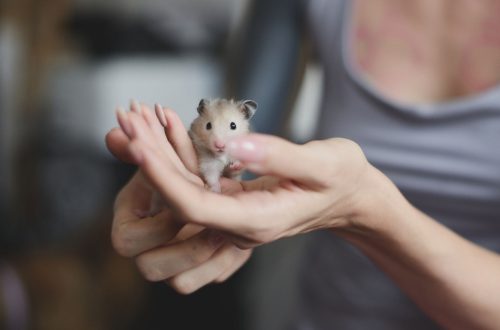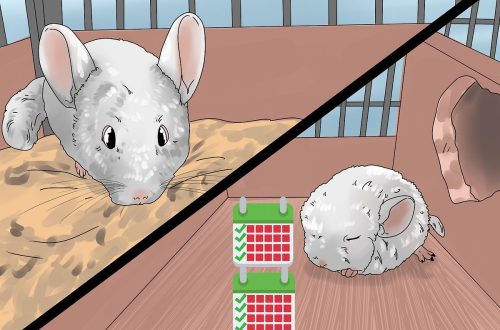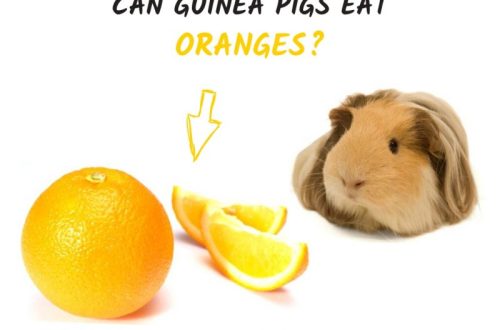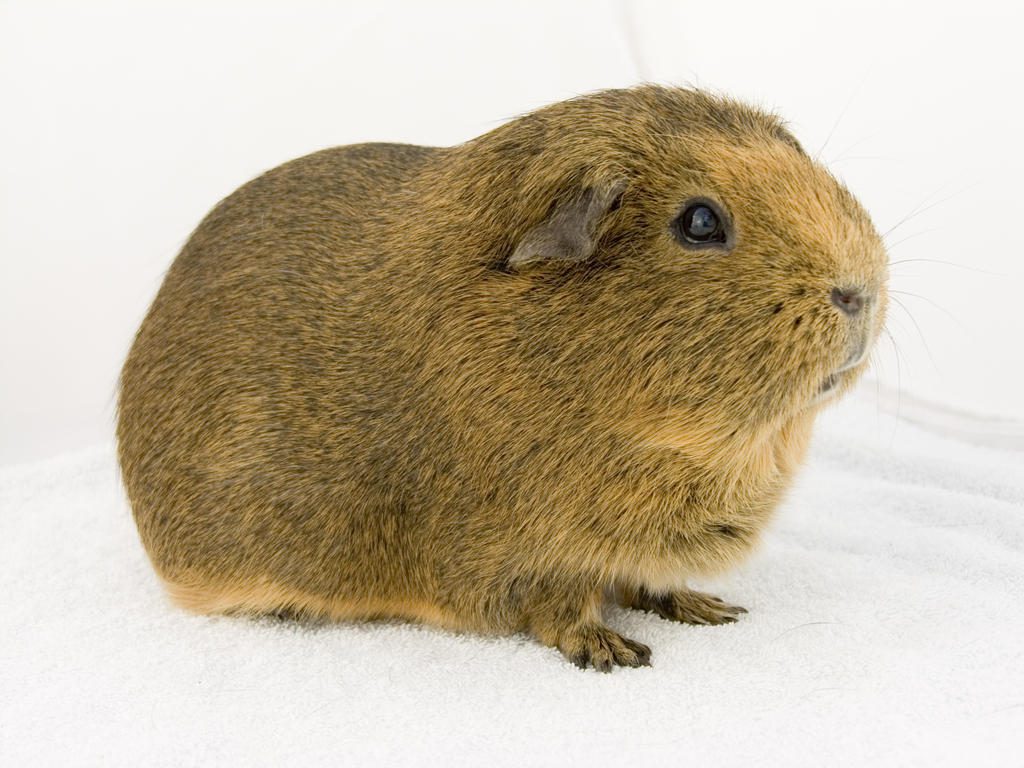
agouti breeding
It has been more than forty years since the first pigs came to me, they were three golden agoutis, presented to me by my friend Mr. Musgrave Sharp, who at that time was the chairman of the National English Pigs Club (NCC). And since that time I have become an active member of this club and joined its work.
Of course, during this time I have been breeding and showcasing very many breeds, but if fate had so happened that I had to reduce the livestock at my disposal as much as possible, I would undoubtedly leave representatives of the agouti breed. In fact, I can’t even find the exact words to express all my positive emotions and feelings from the process of communicating with these pigs.
When I first started, as I said, my first agoutis were golden agoutis, then they were supplemented by light brown agoutis (Cinnamon Agouti) purchased from Jack and Emily Smith, who will forever remain in my memory as the most professional breeders of this breed. In addition to being lucky enough to get some light browns, I was able to get Jack to sell me all of his Silver Agouti stock.
Periodically crossing light brown males and lilac females (Lilac Agouti), after a while I got new brown agoutis, and a little later, very carefully conducting breeding work, I managed to develop red-pink agoutis (salmon color) (Salmon).
For a long time before I took up breeding work, pigs of this particular color were very popular in our country, but over the years the number of livestock has declined sharply. My first red-pink agouti was a boy, and a couple of months later I had another of this color, and this time it was a female. With their help, I was able to create a large nursery of red-pink agoutis, thereby practically giving a second birth to this breed in England. Unfortunately, all these pigs had the same drawback that was observed many years ago – a bad or weak color, as well as its unevenness and spotting.
But I tried to concentrate a lot on this breed, mainly on the three main colors, plus browns, light browns and reddish pinks. Later there were very strong discussions about the official adoption of these new colors, very many members of the club were extremely negative, and in moments of despair I gave away all representatives of rare colors, leaving nothing for myself.
It has been more than forty years since the first pigs came to me, they were three golden agoutis, presented to me by my friend Mr. Musgrave Sharp, who at that time was the chairman of the National English Pigs Club (NCC). And since that time I have become an active member of this club and joined its work.
Of course, during this time I have been breeding and showcasing very many breeds, but if fate had so happened that I had to reduce the livestock at my disposal as much as possible, I would undoubtedly leave representatives of the agouti breed. In fact, I can’t even find the exact words to express all my positive emotions and feelings from the process of communicating with these pigs.
When I first started, as I said, my first agoutis were golden agoutis, then they were supplemented by light brown agoutis (Cinnamon Agouti) purchased from Jack and Emily Smith, who will forever remain in my memory as the most professional breeders of this breed. In addition to being lucky enough to get some light browns, I was able to get Jack to sell me all of his Silver Agouti stock.
Periodically crossing light brown males and lilac females (Lilac Agouti), after a while I got new brown agoutis, and a little later, very carefully conducting breeding work, I managed to develop red-pink agoutis (salmon color) (Salmon).
For a long time before I took up breeding work, pigs of this particular color were very popular in our country, but over the years the number of livestock has declined sharply. My first red-pink agouti was a boy, and a couple of months later I had another of this color, and this time it was a female. With their help, I was able to create a large nursery of red-pink agoutis, thereby practically giving a second birth to this breed in England. Unfortunately, all these pigs had the same drawback that was observed many years ago – a bad or weak color, as well as its unevenness and spotting.
But I tried to concentrate a lot on this breed, mainly on the three main colors, plus browns, light browns and reddish pinks. Later there were very strong discussions about the official adoption of these new colors, very many members of the club were extremely negative, and in moments of despair I gave away all representatives of rare colors, leaving nothing for myself.
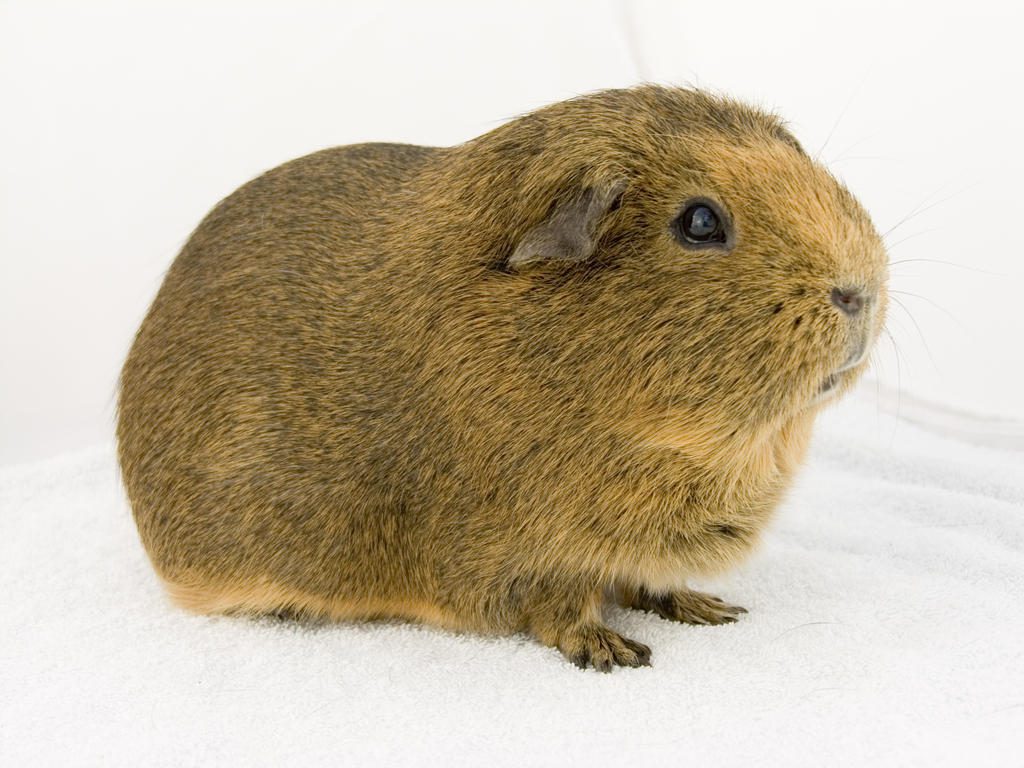
Then came the Lemon Agouti on the scene as a new and more importantly registered breed in the National Club. It should be noted that our acquaintance with this color happened much earlier, at a time when breeders constantly here and there appeared individual representatives of this color. In my opinion, this color is closest to the original color of wild pigs, and if someone constantly crossed all possible breeds and colors of pigs, then after a while this person would get long-haired pigs with a lemon agouti color.
Today the Silver Agouti is bred more for size than for color, which I think is the main thing in this breed. Preference is given to huge animals with unpainted paw pads, and a dark body color, although it would be necessary to select pigs with the right undercoat color, correctly colored paws. Only golden agoutis most often fit within the standard, while, for example, light brown pigs that are shown at shows have very bad undercoat color and a lot of white on the belly – the result of ill-conceived work of those who do not have enough patience to wait of excellent livestock quality and crosses animals with very average data. Lemon and lighter colored gilts, called cream agouti, should be bred by breeders who pay close attention not only to sufficient size, but also to good coat color and paw pads.
Then came the Lemon Agouti on the scene as a new and more importantly registered breed in the National Club. It should be noted that our acquaintance with this color happened much earlier, at a time when breeders constantly here and there appeared individual representatives of this color. In my opinion, this color is closest to the original color of wild pigs, and if someone constantly crossed all possible breeds and colors of pigs, then after a while this person would get long-haired pigs with a lemon agouti color.
Today the Silver Agouti is bred more for size than for color, which I think is the main thing in this breed. Preference is given to huge animals with unpainted paw pads, and a dark body color, although it would be necessary to select pigs with the right undercoat color, correctly colored paws. Only golden agoutis most often fit within the standard, while, for example, light brown pigs that are shown at shows have very bad undercoat color and a lot of white on the belly – the result of ill-conceived work of those who do not have enough patience to wait of excellent livestock quality and crosses animals with very average data. Lemon and lighter colored gilts, called cream agouti, should be bred by breeders who pay close attention not only to sufficient size, but also to good coat color and paw pads.
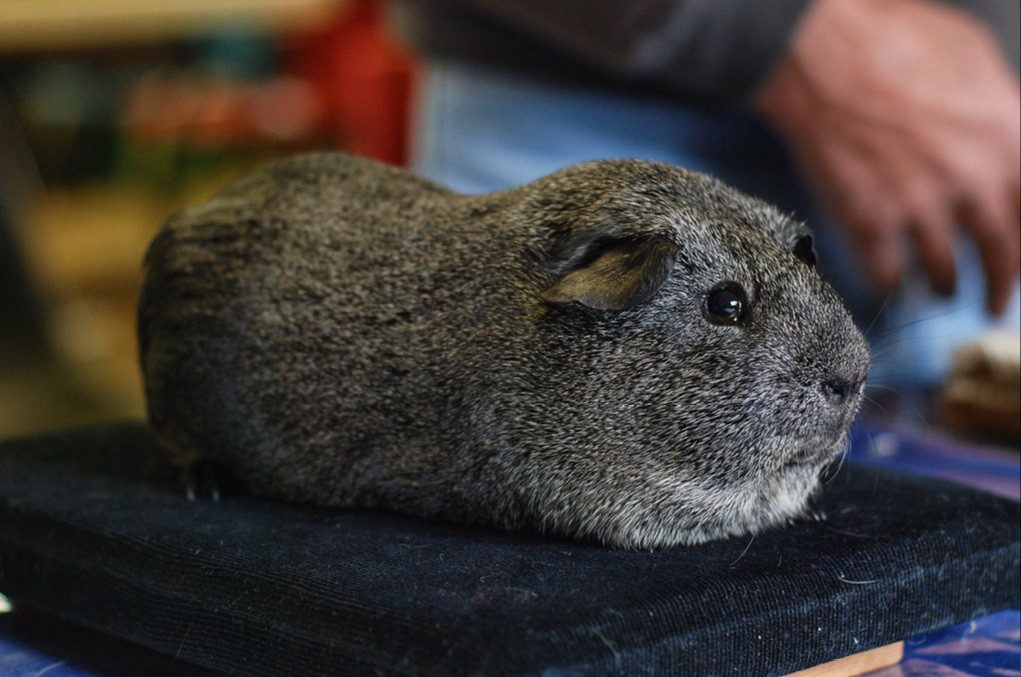
Silver Agoutis should be exhibited if they have a good chest color without whitish patches, the undercoat should be dark, the hair should not be a solid gray color, and there should be a good color on the paw pads. I was once told that if I wanted to get a very good silver agouti, I should keep both light-colored, light-coloured, and dark-colored young. There must be a balance between the color of the chest and paws, and a certain pattern is observed here. The lighter the color on the chest, the darker the color of the pads, and vice versa.
I want to warn those people who breed agoutis, as well as those who breed Himalayan pigs. In the opinion of many breeders, all pigs obtained in the selection process can be exhibited, since all will have the necessary parameters. Unfortunately, it is not. In each breed and color there are a large number of individuals that are not suitable for participation in exhibitions and will produce poor quality stock for many months (unless it is a very large kennel of pigs).
There are also people who, in order to get pigs with the desired color as soon as possible, try to resort to the outcross method, that is, the use of animals with different colors. There is one little secret in agouti breeding: if you want to get excellent silver agoutis, use only silver-colored pigs in breeding work, if you want to get golden ones, use only golden agoutis, if you want to get high-bred brightly colored light brown agoutis, cross only light brown , etc.
PS The brown agoutis mentioned in this article are actually orange agoutis (Orange Aguti), the officially accepted color with a deep light brown undercoat and tan blotches, while brown agoutis have coffee-au-lait blotches. Ears and paw pads are brown, eyes are ruby.
The original article is located at http://users.senet.com.au/~anmor/agoutihist.htm.
© Hubad ni Alexandra Belousova
Silver Agoutis should be exhibited if they have a good chest color without whitish patches, the undercoat should be dark, the hair should not be a solid gray color, and there should be a good color on the paw pads. I was once told that if I wanted to get a very good silver agouti, I should keep both light-colored, light-coloured, and dark-colored young. There must be a balance between the color of the chest and paws, and a certain pattern is observed here. The lighter the color on the chest, the darker the color of the pads, and vice versa.
I want to warn those people who breed agoutis, as well as those who breed Himalayan pigs. In the opinion of many breeders, all pigs obtained in the selection process can be exhibited, since all will have the necessary parameters. Unfortunately, it is not. In each breed and color there are a large number of individuals that are not suitable for participation in exhibitions and will produce poor quality stock for many months (unless it is a very large kennel of pigs).
There are also people who, in order to get pigs with the desired color as soon as possible, try to resort to the outcross method, that is, the use of animals with different colors. There is one little secret in agouti breeding: if you want to get excellent silver agoutis, use only silver-colored pigs in breeding work, if you want to get golden ones, use only golden agoutis, if you want to get high-bred brightly colored light brown agoutis, cross only light brown , etc.
PS The brown agoutis mentioned in this article are actually orange agoutis (Orange Aguti), the officially accepted color with a deep light brown undercoat and tan blotches, while brown agoutis have coffee-au-lait blotches. Ears and paw pads are brown, eyes are ruby.
The original article is located at http://users.senet.com.au/~anmor/agoutihist.htm.
© Hubad ni Alexandra Belousova



